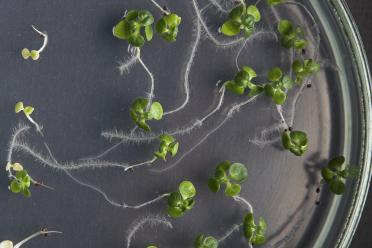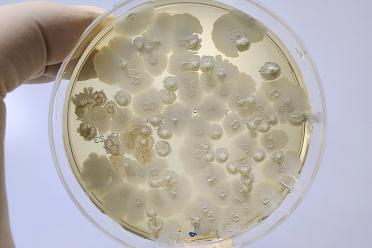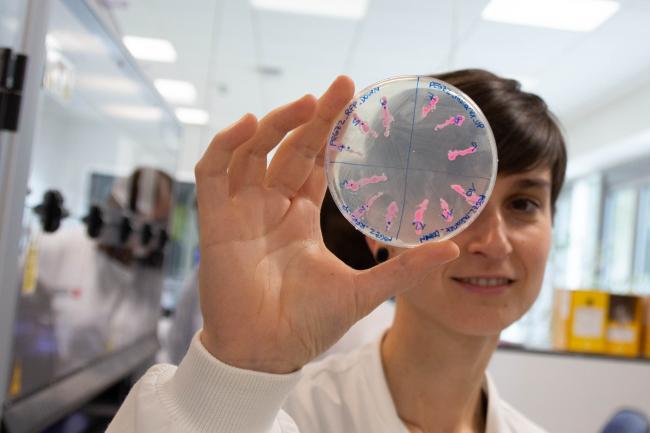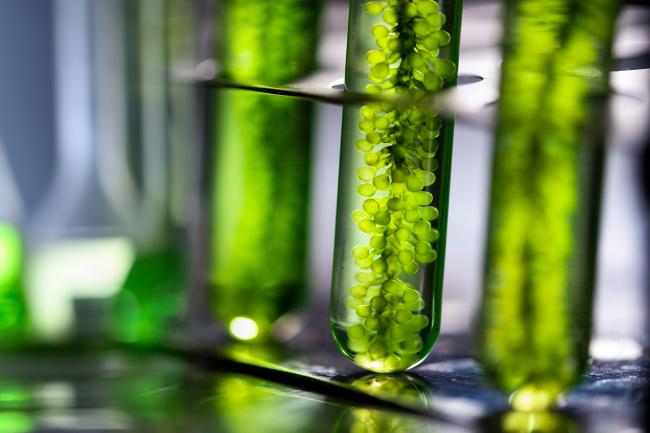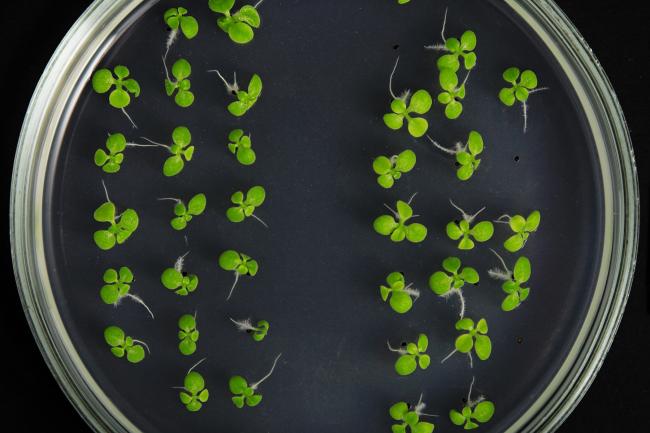In a plant’s root system, primary roots grow downwards. Spreading out of the primary roots are a web of finer, lateral roots. Plants are able to adapt the architecture of this system depending on environmental conditions.
For example, in desert plants, a widespread shallow net of lateral roots is found. This allows plants to collect more of the limited rainfall. A deeper main root finds underground sources of water.
The warming climate is increasing the frequency and length of droughts. Plant pathogens are proliferating. At the same time, there is an acknowledgement within the agricultural sector of the need to reduce the use of both fertiliser and pesticides.
The crisis is unfolding so rapidly that traditional breeding programmes will not be able to move quickly enough to safeguard food systems.
Synthetic biology could mean we can improve tolerance to the climate crisis within one or two generations. Improving the root structure of plants and the symbiosis between the root and its microbiome could support sustainable crop production.
Dr Guiziou is planning to construct a computer-like biological circuit in cells which would prompt plants to change their root system in response to the external environment.
Integrases - enzymes which remove or add elements to DNA sequences – can be used to engineer a section of DNA to respond to external conditions.
A particular situation - an overabundance of one chemical, or a dearth of another - would trigger the cell to behave in a predetermined way, such as switching to different root architectures over the course of root growth.




